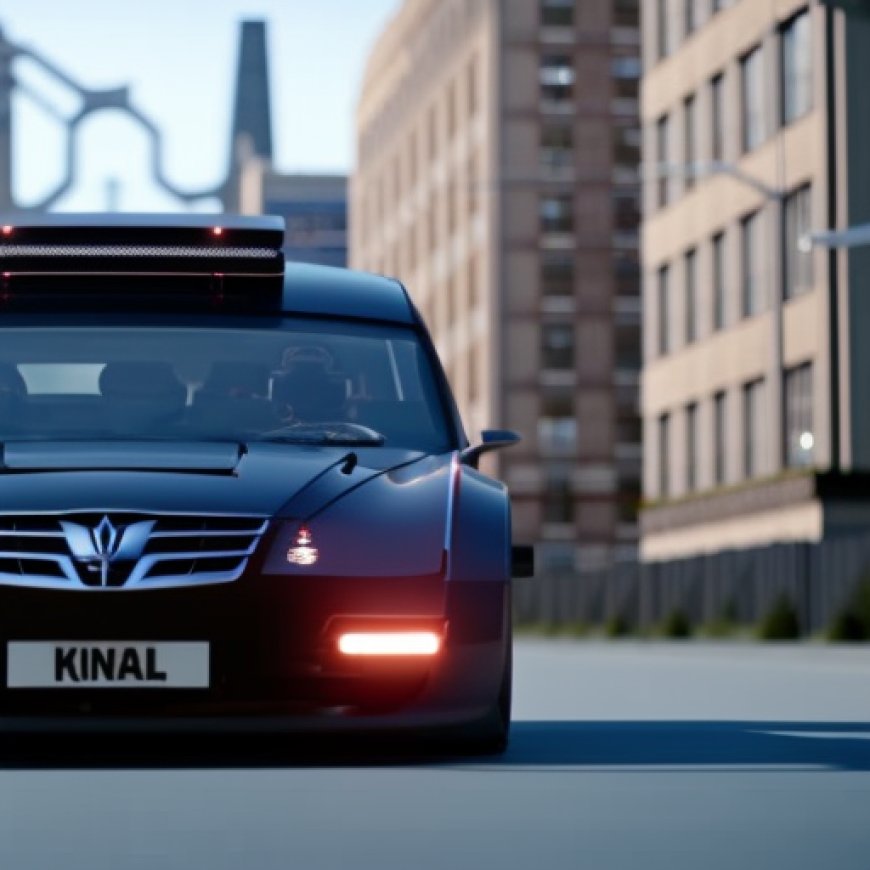Pros and cons of electric vehicles
Pros and cons of electric vehicles | Slideshows | gwinnettdailypost.com Gwinnettdailypost.com


The Future of Electric Vehicles
The future of automobiles is increasingly electric. California has pledged to end the sale of new gasoline-powered vehicles by 2035 and many other states look set to follow suit. But there are plenty of other reasons to switch to an electric vehicle. Some shoppers are looking for a more environmentally friendly mode of transportation, while others are trying to save some money on fuel and maintenance. Plus, more and more electric cars, SUVs, and trucks are fun to drive and good-looking.
In short, this is a great time to make the move to an electric vehicle. But that doesn’t mean there aren’t some drawbacks. For example, the United States’ charging infrastructure is anything but perfect, and you can’t tow with an electric truck the same way you can with a gas-powered truck. Range anxiety remains a sticking point for many shoppers too. Without further ado, Edmunds took a look at all the pros and cons of making the switch to an electric vehicle.
What is an Electric Vehicle?
These days, you can define an electric vehicle very broadly as any passenger vehicle that uses an electric motor for propulsion. That means that a hybrid vehicle, like the Toyota Prius, qualifies as an EV, as does a plug-in hybrid vehicle like a Toyota RAV4 Prime. Both vehicles rely on an internal combustion engine paired with an electric motor, though the plug-in hybrid, or PHEV, can also run in electric-only mode.
You have two options if you’re looking for emissions-free driving: a hydrogen fuel cell vehicle (HFCV) or a battery electric vehicle (BEV). The former uses onboard fuel cells that react with hydrogen and oxygen, thereby powering an electric motor. The chemical reaction of hydrogen and oxygen results in the vehicle’s only emission, water, which is why you may notice a bit of dripping from the tailpipe of hydrogen vehicles like the Toyota Mirai.
But the latter, BEVs, are what most people have in mind when they think about electric cars. Operating solely on battery power, BEVs send that juice to an electric motor or motors for propulsion. These battery electric vehicles, commonly referred to as EVs, now make up the majority of electric-powered vehicles sold each year.
Pros and Cons of Hybrids and Plug-in Hybrids
Pros:
- Great fuel economy without the hassle
- PHEVs have enough electric range for the average commute
- No range anxiety with a hybrid
Cons:
- It’s still an internal combustion engine
- Internal combustion engine maintenance
Pros and Cons of Hydrogen Cars
Pros:
- Great range and smooth driving
Cons:
- Finding somewhere to fill up
Pros and Cons of Electric Vehicles
Pros:
- Electric vehicles are good for the environment
- Improved air quality
- Electric cars are cheaper to fuel
- Electric cars are less expensive to maintain
- EVs are fun to drive
- Electric vehicle tax credits
- HOV lane accessibility
- Peace and quiet
Cons:
- Range anxiety
- Charging infrastructure isn’t great
- Lack of affordable electric cars
- Long charging time
- Battery degradation
- Fossil fuels are in play
In Summary
Electric cars have immense potential and it seems they’re becoming a more sensible choice for many shoppers. But drawbacks remain regarding their upfront cost and day-to-day convenience. Still, the benefits of electric vehicles are plentiful and can’t be overlooked. Your situation will dictate whether an electric car is right for you.
This story was produced by Edmunds and reviewed and distributed by Stacker Media.
SDGs, Targets, and Indicators
| SDGs | Targets | Indicators |
|---|---|---|
| SDG 7: Affordable and Clean Energy | 7.2: Increase substantially the share of renewable energy in the global energy mix | – Percentage of electric vehicles on the road – Percentage of electricity generated from renewable sources |
| SDG 11: Sustainable Cities and Communities | 11.6: Reduce the adverse per capita environmental impact of cities, including by paying special attention to air quality and municipal and other waste management | – Reduction in air pollution levels in cities – Reduction in greenhouse gas emissions from transportation |
| SDG 13: Climate Action | 13.2: Integrate climate change measures into national policies, strategies, and planning | – Adoption of policies promoting the use of electric vehicles – Reduction in carbon emissions from transportation |
1. Which SDGs are addressed or connected to the issues highlighted in the article?
The SDGs that are addressed or connected to the issues highlighted in the article are SDG 7: Affordable and Clean Energy, SDG 11: Sustainable Cities and Communities, and SDG 13: Climate Action.
2. What specific targets under those SDGs can be identified based on the article’s content?
Based on the article’s content, the specific targets under those SDGs are:
– SDG 7.2: Increase substantially the share of renewable energy in the global energy mix.
– SDG 11.6: Reduce the adverse per capita environmental impact of cities, including by paying special attention to air quality and municipal and other waste management.
– SDG 13.2: Integrate climate change measures into national policies, strategies, and planning.
3. Are there any indicators mentioned or implied in the article that can be used to measure progress towards the identified targets?
Yes, there are indicators mentioned or implied in the article that can be used to measure progress towards the identified targets. These indicators include:
– Percentage of electric vehicles on the road: This indicator can measure progress towards SDG 7.2 and SDG 11.6, as an increase in the share of electric vehicles indicates a shift towards renewable energy and a reduction in the environmental impact of transportation.
– Percentage of electricity generated from renewable sources: This indicator can measure progress towards SDG 7.2, as an increase in the percentage of electricity generated from renewable sources indicates a shift towards clean energy.
– Reduction in air pollution levels in cities: This indicator can measure progress towards SDG 11.6, as a reduction in air pollution levels indicates improved air quality and a decrease in the adverse environmental impact of cities.
– Reduction in greenhouse gas emissions from transportation: This indicator can measure progress towards SDG 11.6 and SDG 13.2, as a reduction in greenhouse gas emissions from transportation indicates a decrease in the environmental impact of cities and efforts to mitigate climate change.
Behold! This splendid article springs forth from the wellspring of knowledge, shaped by a wondrous proprietary AI technology that delved into a vast ocean of data, illuminating the path towards the Sustainable Development Goals. Remember that all rights are reserved by SDG Investors LLC, empowering us to champion progress together.
Source: gwinnettdailypost.com

Join us, as fellow seekers of change, on a transformative journey at https://sdgtalks.ai/welcome, where you can become a member and actively contribute to shaping a brighter future.







